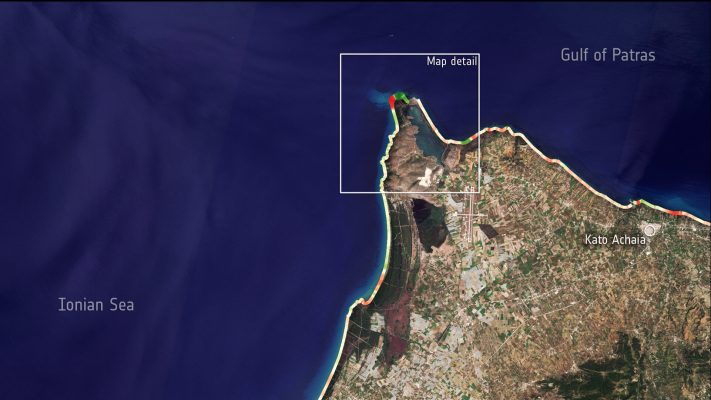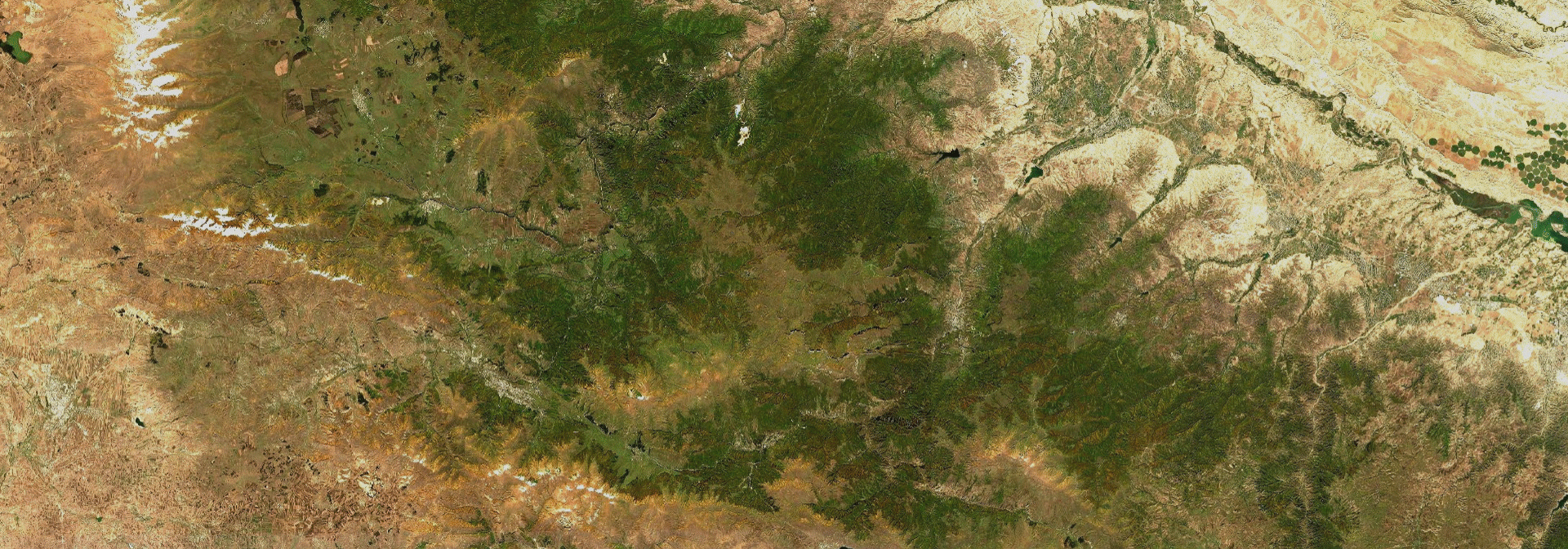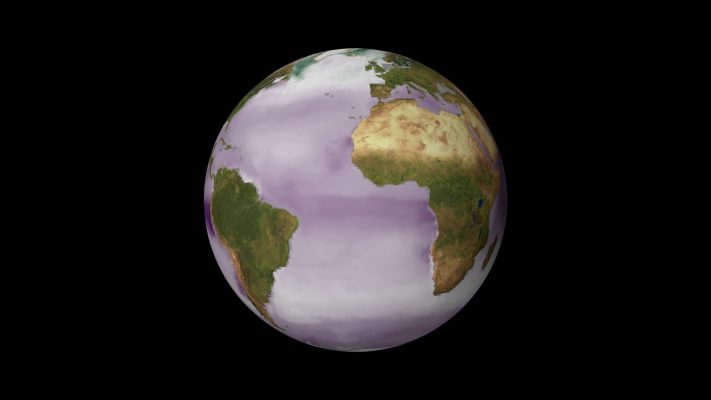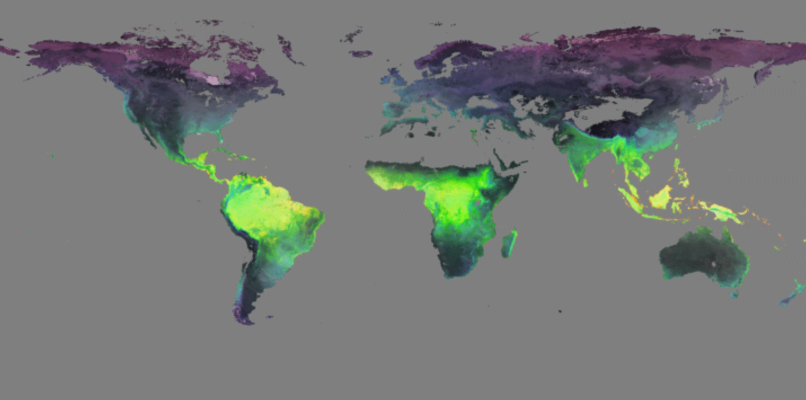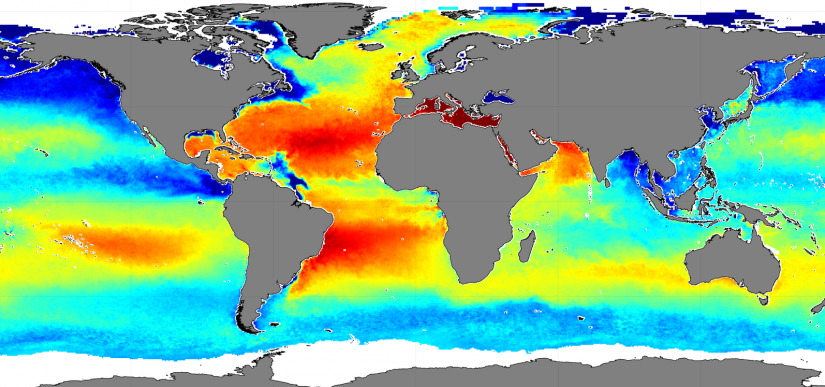Career opportunities for internal research fellow in Earth System science
An internal research fellow opportunity is currently open for applicants who have recently completed, or are close to completing a PhD in physics, engineering or Earth system science with research experience and peer-reviewed publications in topics relevant to the following fields: Polar and cryosphere science Ocean science Hydrology and water cycle Terrestrial carbon cycle Climate …


